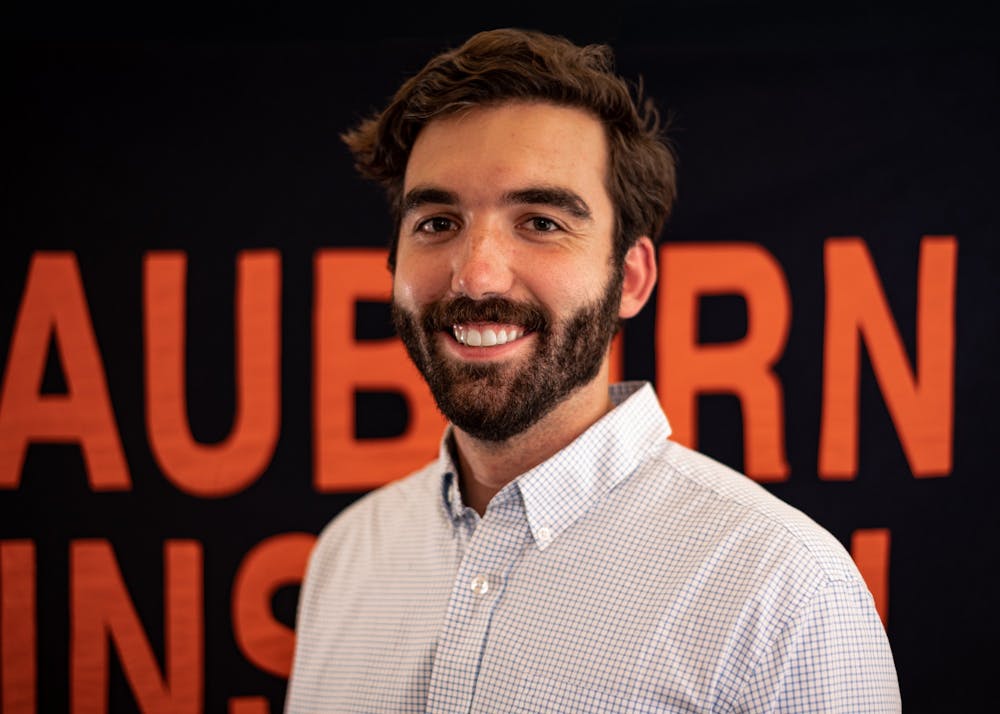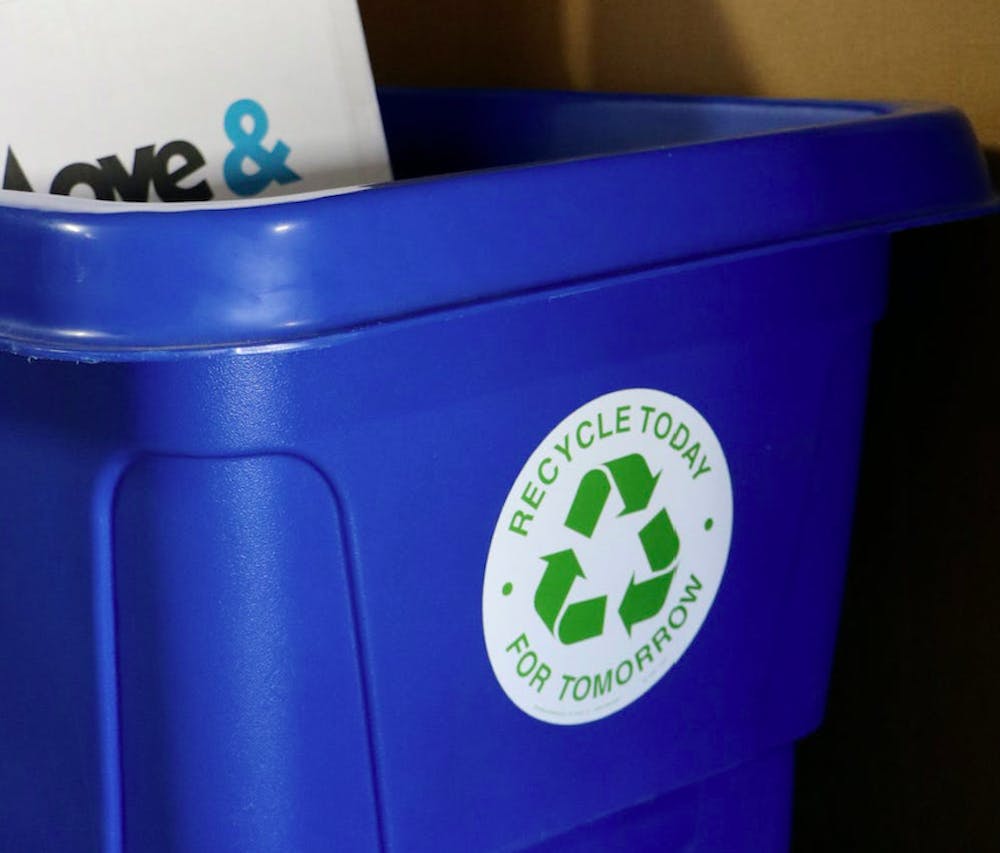Auburn residents participate in their city’s curbside recycling program at a higher rate than any other city in Alabama. Nationally, 34% of residents participate in curbside recycling, compared to under 20% in Alabama. In Auburn, 84.7% do, according to Catrina Cook, director of environmental services for the City of Auburn.
What led to Auburn’s success in its recycling efforts? The formula, according to Cook, is a combination of a few things: money, education, convenience and good people.
The City of Auburn first rolled out its curbside recycling program in 1987, making it the first city in Alabama to do so. For the program’s first 30 years, residents who participated in curbside recycling had to sort their recycling into different bins marked for each material.
The program worked, but citizens were becoming dissatisfied with having to separate their recyclables into different containers. Auburn’s annual citizen survey showed a 4% decline in satisfaction with the curbside recycling service from 2006 to 2016.
To combat dissatisfaction and increase the recycling rate, the City introduced single-stream recycling on Dec. 4, 2017, with the help of a $288,000 grant. Single-stream recycling allows residents to place all recyclables into one container — the blue cart most households have now.
Single-stream recycling is easier because it takes less work for people to throw all their recycling in one bin, and as a result, many more people joined the City’s recycling program.
“The single-stream process made it very convenient,” Cook said. “Prior to that we probably had a 35-40% [recycling participation rate], and we have doubled that.”
In 2018, the City recycled over 900 tons more than it did in 2017, a 69% increase. That year, the total weight of garbage taken to landfills also decreased, from 15,553 tons to 15,534 tons.
The City has several outreach programs in place to inform residents about environmental issues and teach them how to start recycling, including visiting local schools to encourage children to take responsibility for recycling at their homes.
“We use kids as a segue to push adults to do it because I know a lot of them are busy,” Cook said. “Sometimes it’s easier to just throw things away for a lot of people, but it’s just as easy to recycle, and that’s something that we pushed and tried to make people understand.”
When Cook began with the environmental services department 23 years ago, first as an intern and then as an assistant, she was in charge of visiting schools, which she said was one of her favorite parts of the job. She’d teach students about recycling, composting and taking care of the earth. Then she’d make her pitch for kids to get their families to recycle.
“Who has a blue cart?” Cook said she’d ask the students. “Now who wants a blue cart?”
Today, Cook no longer takes her normal trips to local schools, as the department’s public relations specialist does that, and environmental services has found new ways to engage with students both inside and outside the classroom. Cook said the department is planning for an Earth Day event where students will visit a local park and learn about different aspects of environmentalism, including recycling.
A couple of years ago, the City created an app to let residents search where different waste materials go — in the garbage can, recycling cart, the drop off center, as bulky yard waste to be picked up by request or to one of the City’s hazardous household waste events. There’s also a game that Cook said they like to play with students that quizzes players on where to put different waste items.
Daniel Chesser, public relations coordinator for Auburn City Schools, said that students are exposed to other positive examples of recycling while at school and have even started student-led recycling projects, but many of them have been put on hold during the pandemic.
“When our students see the blue recycling bins in our schools, they have the background knowledge from their surrounding community through seeing the blue cans that line the roads each week next to the green cans,” Chesser said. “Our importance in the efforts to recycle has merely been to be another visible place in our community in which recycling efforts are made.”
While the City’s recycling participation rate is high, the vast majority of waste collected still goes to landfills. In 2021, recycling accounted for just 8.6% of total waste collected by weight, and Cook said she is working to get that number higher.
“What I would like to see is for our garbage carts to get smaller and our recycling carts to get bigger,” Cook said. “Or for garbage carts to go away and for our recycling carts to be there for everything that everybody is doing is to recycle.”
The sheer amount of waste entering landfills is scary, she said, but it’s encouraging to her to see how many people want to do their part.
“The one thing that’s promising here in Auburn is that we have 85% of people recycling, and it’s not mandated,” she said. “This is something they choose to do, so it lets me know that we all think about this and it’s something that we’re all trying to do better and do more of.”
Do you like this story? The Plainsman doesn't accept money from tuition or student fees, and we don't charge a subscription fee. But you can donate to support The Plainsman.

Evan Mealins, senior in philosophy and economics, is the editor-in-chief of The Auburn Plainsman.





